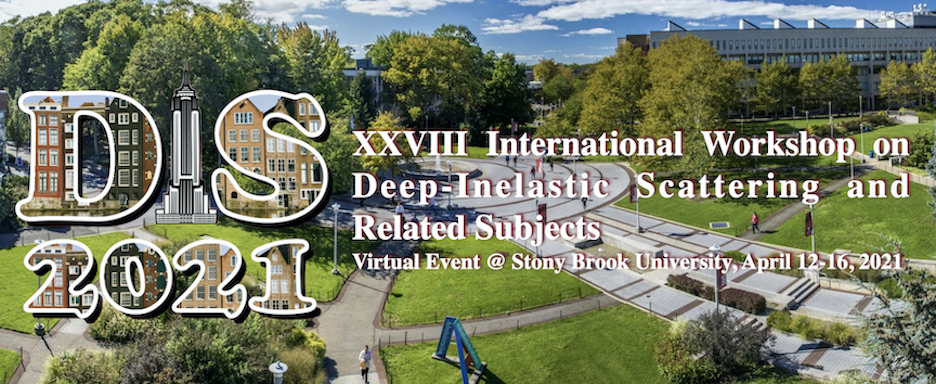Speaker
Description
One of the important goals at the future $e^+e^-$ colliders is to measure the top-quark mass and width in a scan of the pair production threshold. However, the shape of the pair-production cross section at the threshold depends also on other model parameters, as the top Yukawa coupling, and the measurement is a subject to many systematic uncertainties. Presented in this work is the most general approach to the top-quark mass determination from the threshold scan at CLIC, with all relevant model parameters and selected systematic uncertainties included in the fit procedure. Expected constraints from other measurements are also taken into account. The top-quark mass can be extracted with precision of the order of 30 to 40 MeV, including considered systematic uncertainties, already for 100 fb$^{-1}$ of data collected at the threshold. Additional improvement is possible if the running scenario is optimized. With the optimisation procedure based on the genetic algorithm the statistical uncertainty of the mass measurement can be reduced by about 25%. Influence of the beam energy profile on the optimisation procedure and the expected statistical precision of the measurement is verified by comparing results obtained assuming luminosity spectra of CLIC, ILC and FCCee.

